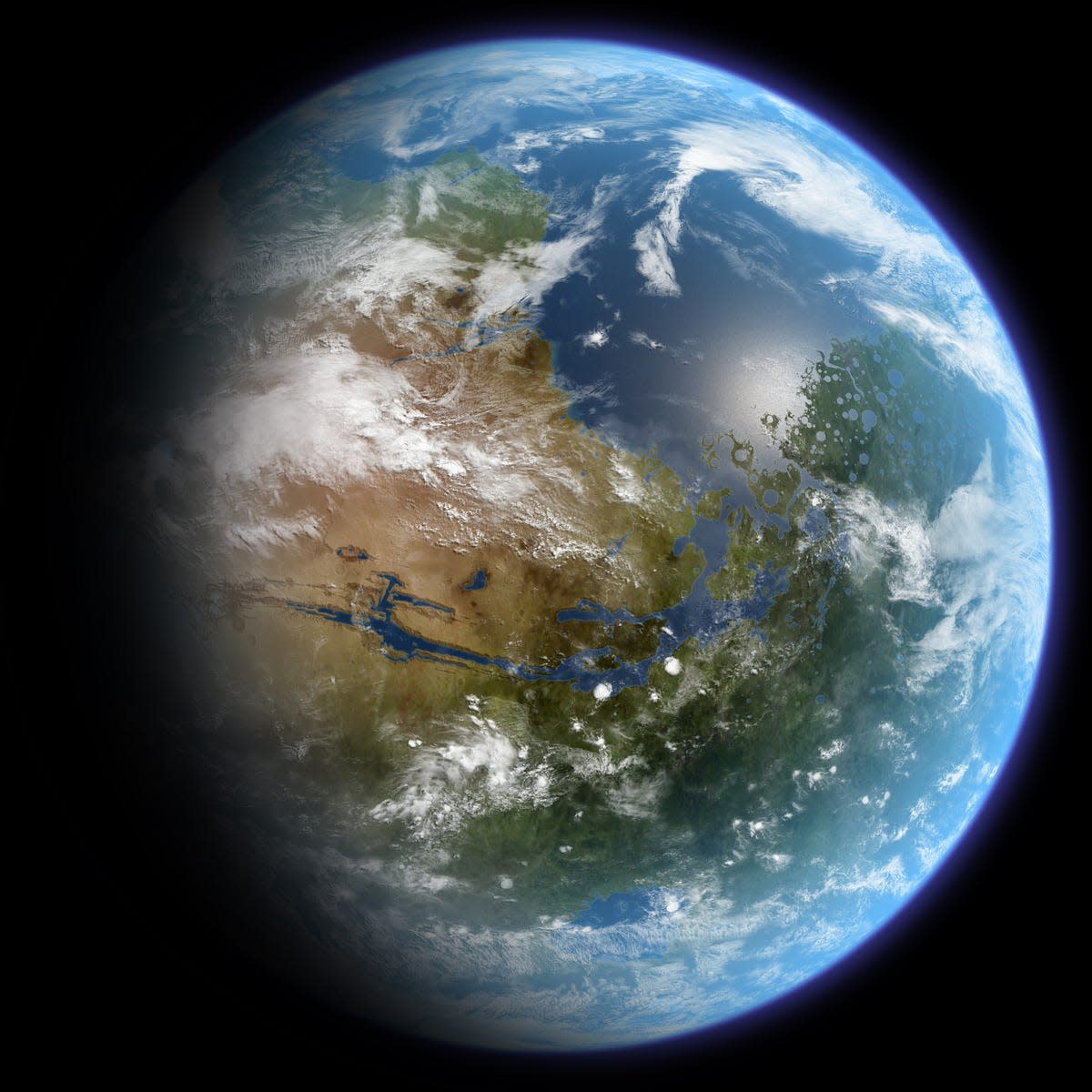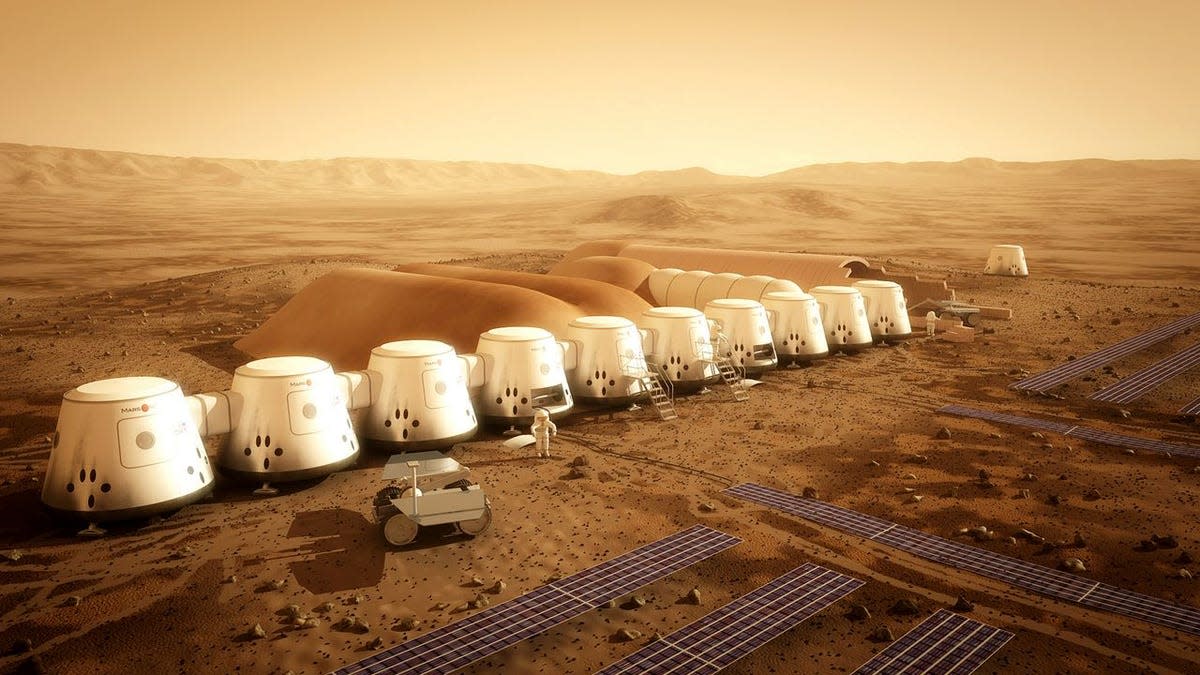There's one crucial number that could ultimately determine whether humans have a chance to live on Mars

Our solar system harbors over a dozen classic and dwarf planets, hundreds of moons, and tens of thousands of asteroids and comets. Yet, there is only one other place in our entire cosmic neighborhood where humans might make another world for ourselves that is anything like Earth.
"From a science point of view, it's Mars and Mars alone," Chris McKay, who is a planetary scientist at NASA Ames Research Center, told Business Insider.
"It's our one chance to make another habitable environment."
Deep down, McKay is a self-proclaimed terraformer — someone who is actively searching for scientifically plausible means of transforming other worlds, particularly Mars, to our liking through a process called terraforming.
Terraforming means altering the global environment to make it resemble the human-friendly conditions we enjoy here on Earth. Those conditions include a thick, breathable atmosphere, comfortable temperatures, and copious amounts of drinkable water. But before we even begin considering ways to terraform Mars, there's one crucial measurement we must make first.
Carbon dioxide holds the key
We need to figure out how much carbon dioxide is locked inside of the Martian ice and soil.
That's because this carbon dioxide will, under the right conditions, escape to the Martian atmosphere where it could warm the planet, just as it does here on Earth. These conditions would require us to increase the temperature on Mars by a few degrees, first, which we could do by introducing other types of stronger, more efficient greenhouse gases — such as chlorine flourates — into the Martian atmosphere, said McKay.

The big problem with carbon dioxide release, however, is that once we initiate the process, we have no way of stopping it until all of the carbon dioxide is working its magic in the atmosphere and warming the planet.
"It's like rolling a stone downhill," McKay told said. "We want to make sure it's going to land where we want it to before we start rolling it, because once we start it rolling, we can't really stop it."
Right now, McKay is developing a proposal which he plans to submit this fall to measure the amount of carbon dioxide in the polar ice caps and soils on Mars. He hopes to calculate this crucial number by using information collected by NASA's Mars Atmosphere ad Volatile EvoluioN Mission (MAVEN), which is orbiting the Red Planet, and the Curiosity land rover driving over the surface. He'll then use computer models to estimate the global amount of CO2 on Mars.
"If Mars has as much CO2 as Venus does, and it's all put into the atmosphere it will get very hot there," McKay said.
Perhaps even too hot for humans to live.
What happens if there's not enough
If there's too much CO2, then instead of a second Earth, we will have spent our energy, money, and efforts to create a second Venus — a hellish world with acid rain, bone-crushing pressures, and lead-melting temperatures.
Too much CO2 on Mars isn't what McKay is expecting, however: "My worry is that it doesn't have enough to make it as warm as the Earth," he said. "Right now the estimates are that it's too small and so the problem is we don't go far enough."
Of course, just because Mars is the most likely place we could terraform, it doesn't mean that humans can't still live there under it's current conditions. In this case, however, "live" is an extremely loose term because without terraforming, the only way our bodies can survive beyond Earth is encased in confined space stations or biodomes.
In fact, that's the idea that the private, nonprofit company Mars One has for the first human colony on Mars. Their idea would have the planet looking something like this:

Past experiments where people lived under such conditions in biodomes here on Earth for long periods of time — years even — haven't gone well. That's not surprising since humans are not engineered to live in a box without direct sunlight, wind, or rain. And with a terraforming approach, we wouldn't have to.
NOW WATCH: Scientists are dumbfounded by a mysterious cloud on Mars
See Also:
Everything you need to know about PornHub's plans to pioneer the world's first sex tape in space
Awesome video shows the giant rocket that America wants to shuttle astronauts to Mars in
CHECK OUT: 15-year-old makes the epic discovery of a new planet that's 1,000 light-years from Earth
If you're a space junkie, check out the photos below of the earth taken from way above:

